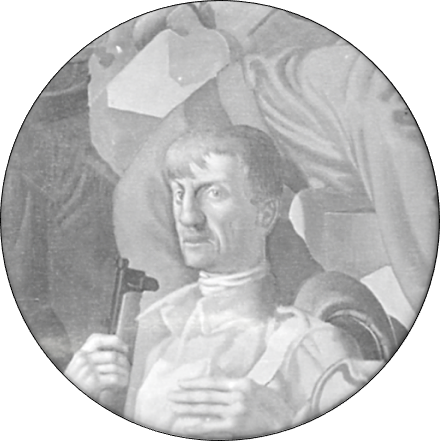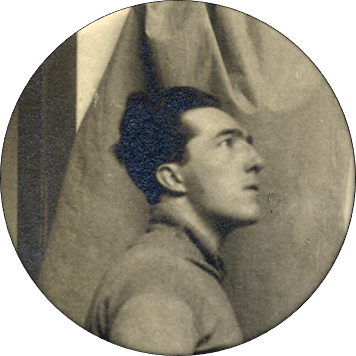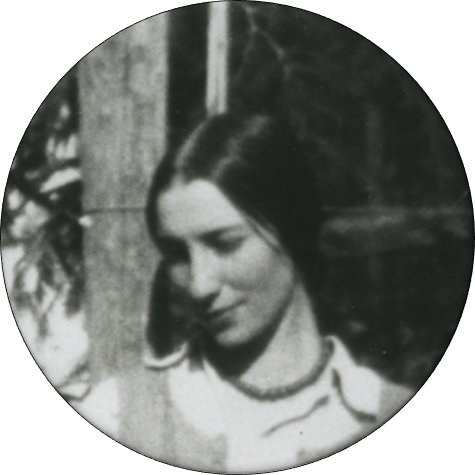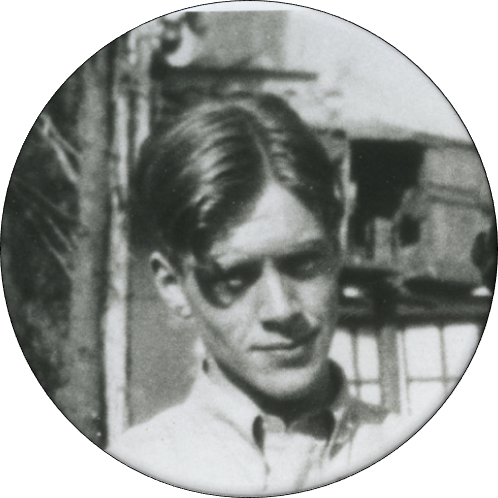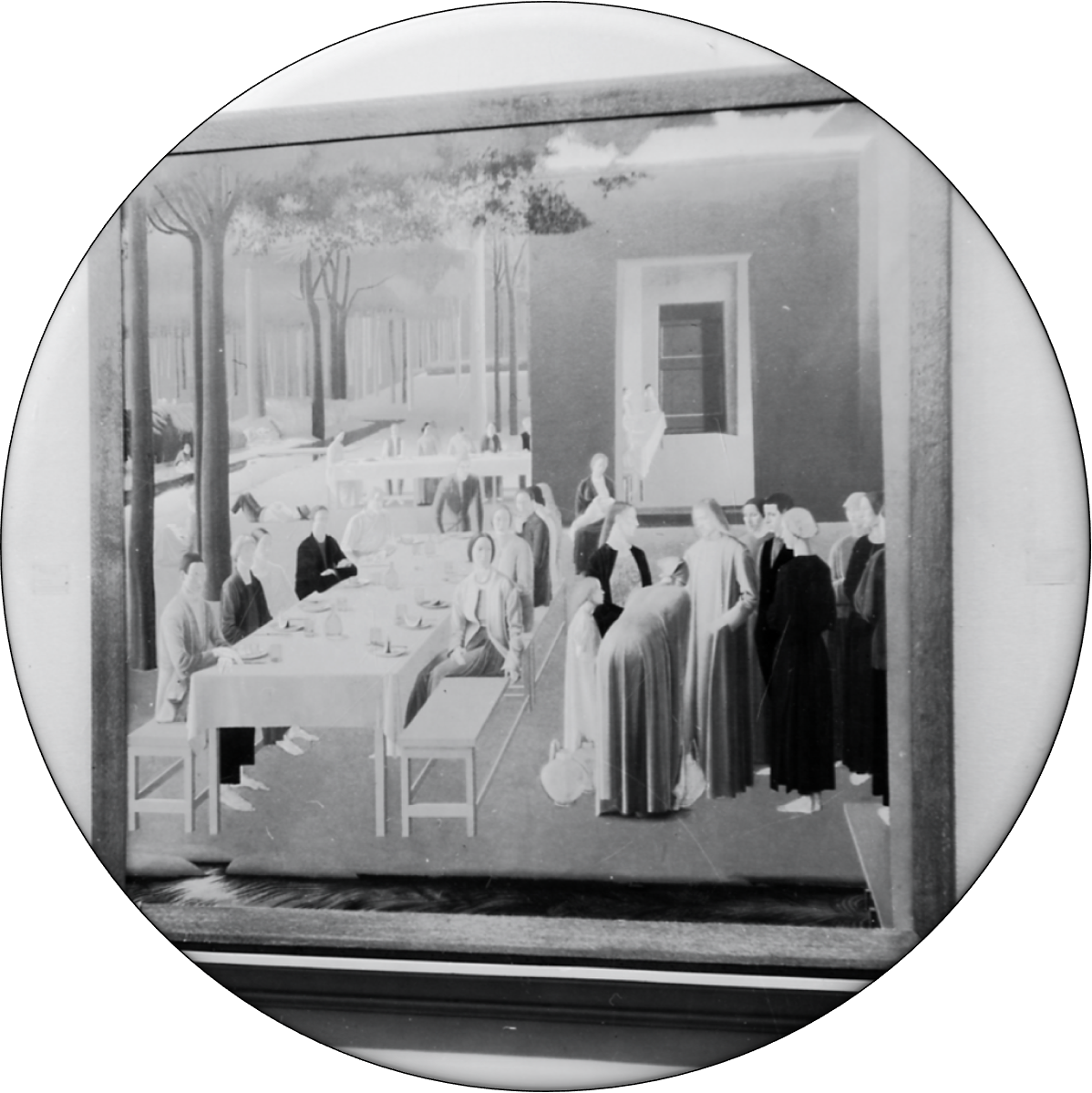
Colin Gill is notable for being the first person to win the Rome Scholarship in Decorative Painting in 1913. A cousin of Eric Gill, he took up the scholarship in early 1914, but postponed his studies following the outbreak of the First World War. From 1915 to 1918 he joined the War effort, firstly as part of the artillery, and later as a camouflage officer with the Royal Engineers. After suffering from gas poisoning in 1918, he returned to England to recover. He later became an Official War Artist, and only returned to Rome in 1919 to continue his three-year scholarship. During his tenure as a War Artist he produced several portraits of soldiers, including those both ranked and private, which are now held at the Imperial War Museum, as well as depictions of the artillery guns and crews he had worked with himself. His return to Rome in 1919 allowed him to resume the classic tradition in which he had been trained during his time as a student at the Slade School of Art. He won the Rome Scholarship in 1913 for his painting Flora (Private Collection, 1912), a painting inspired by the classical tradition that suited the BSR’s ethos.
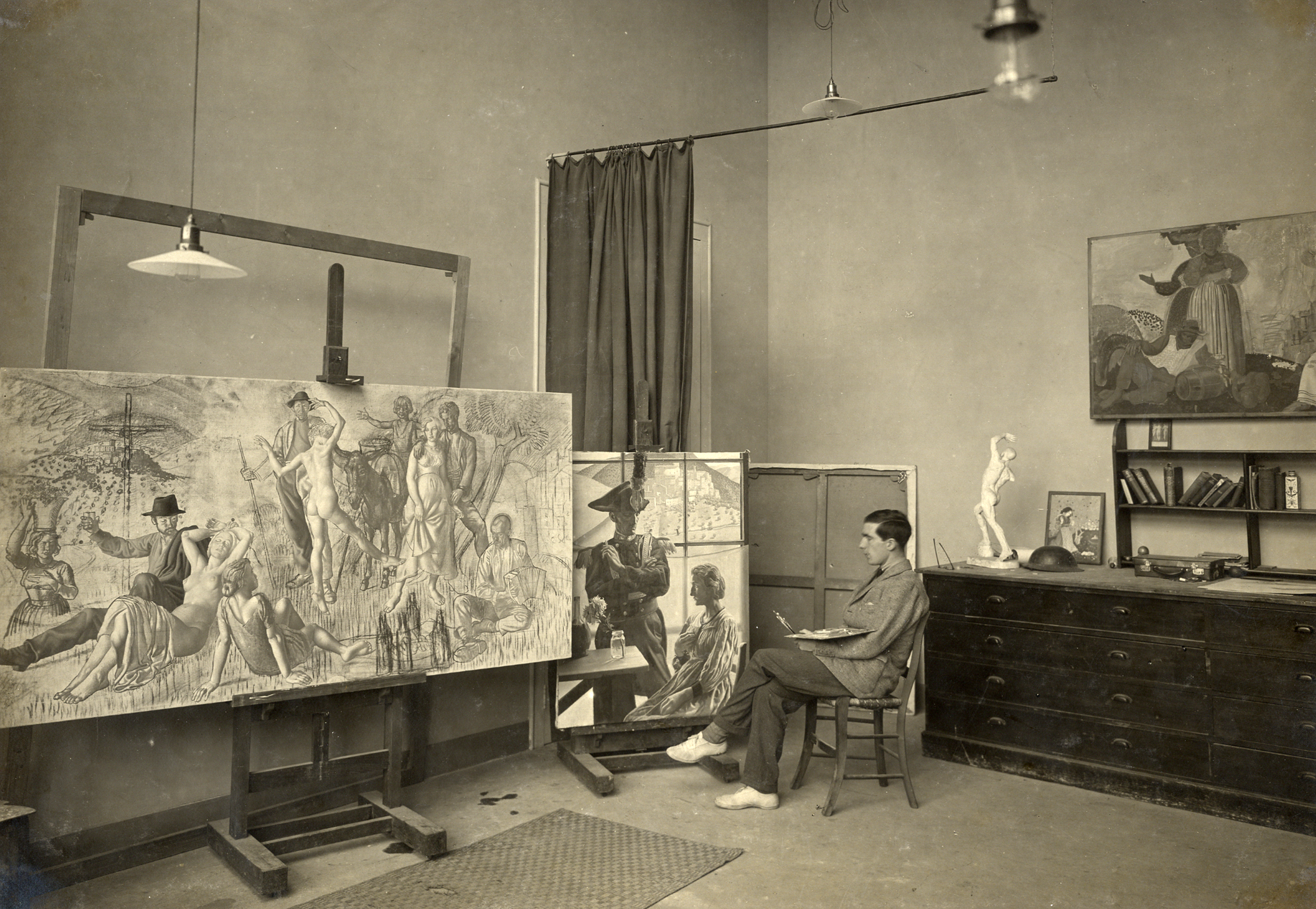
While in Rome, Gill painted what has gone on to be one of his best remembered works, and, indeed, arguably one of the most famous to be produced by Rome Scholars of the time. Allegro (1921), is an oil on canvas that depicts several figures in different poses and at varying stages of undress. It is a striking painting that was well-received at the time by art critics at its first exhibition in 1922. It aligned with the tradition of decorative painting with its absence of narrative content and deliberate pictorial effect. Its aesthetic qualities notwithstanding, one of its most striking features is the depiction of various other Rome Scholars. His models include Job Nixon, the Rome Scholar for engraving, Alfred Hardiman, who held the scholarship for sculpture, and the scholar who had followed Gill in decorative painting, Winifred Knights. Gill fell in love with Knights (he was, it seems, not the only one). He wrote that she held his heart “like a bird in a cage”. This metaphor is replicated in Allegro. Knights may well have reciprocated these feelings for a time, though she was engaged to Arnold Mason, a fellow artist. She broke off this engagement, not for Gill, but for another fellow Rome Scholar Walter Thomas Monnington.
Gill was the first of the Rome Scholars to live in Anticoli Corrado, a hill village in Lazio, which had a long-standing connection to the artists of Rome thanks to its picturesque scenery. He was joined by Nixon, and later Knights. There he sketched portraits of Knights as they enjoyed Italian village life.
Gill, in the broader tradition of the Slade and Rome scholars, satisfied a variety of public commissions. Like his contemporary, Tom Monnington, Gill painted murals for St Stephen’s Hall at Westminster and the Bank of England. The former depicted King Alfred’s longships defeating the Danes, recreating a battle from 877, while the latter showed figures moving gold in the Bank’s Old Vault. He painted another historical scene for Essex County Council that showed Boadicea seated after the destruction of Camulodunum (Colchester) in 61 AD. He also painted murals showing influential figures from Northampton’s history for the city’s Guildhall. As well as being an artist, Gill was also a novelist and photographer. He died in 1940 whilst in South Africa after a period of illness, where he had travelled to paint murals for the Johannesburg Magistrates’ Courts.
Where would you like to go next? Who would you like to meet?
For a full bibliography and further reading, see here.
